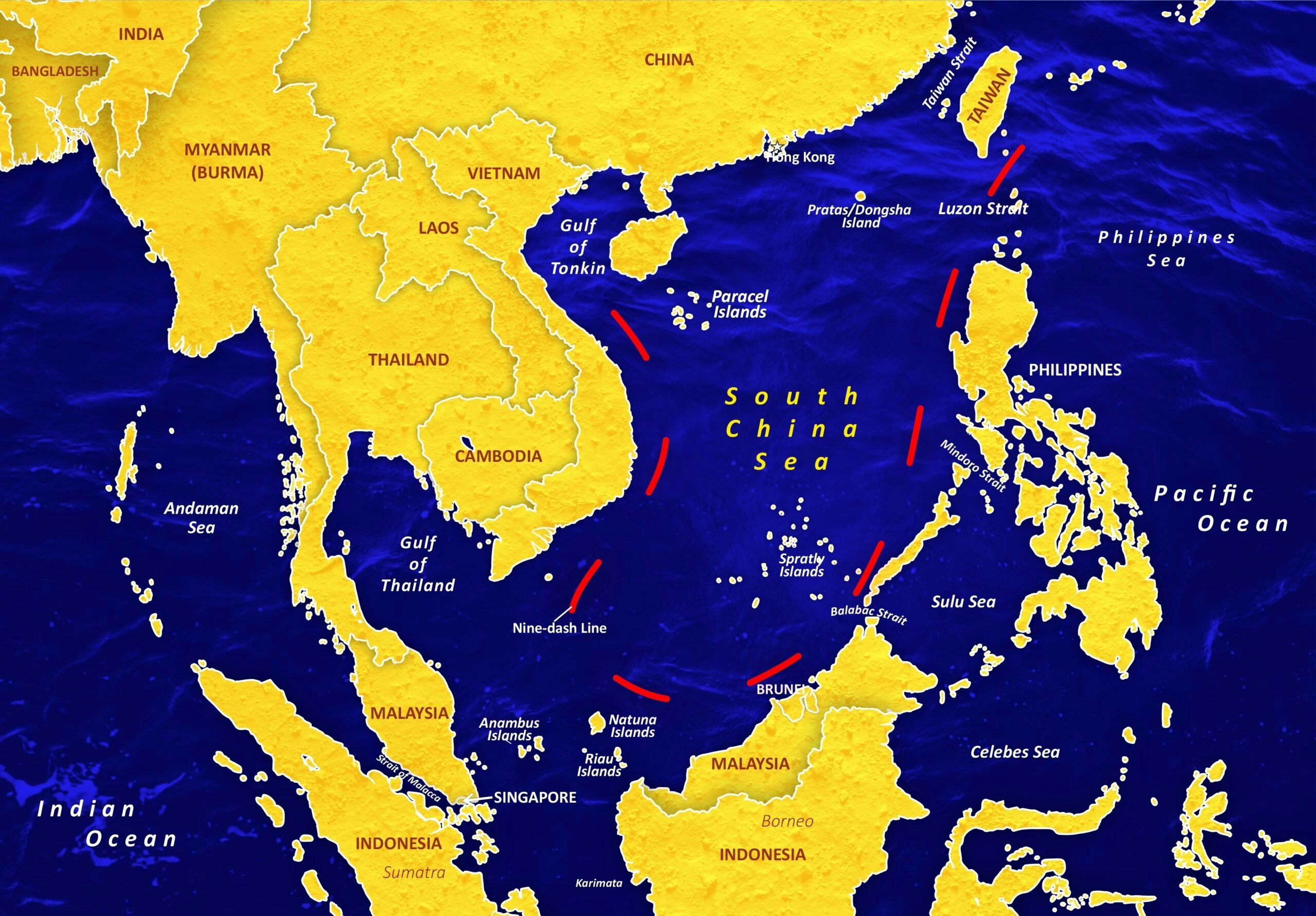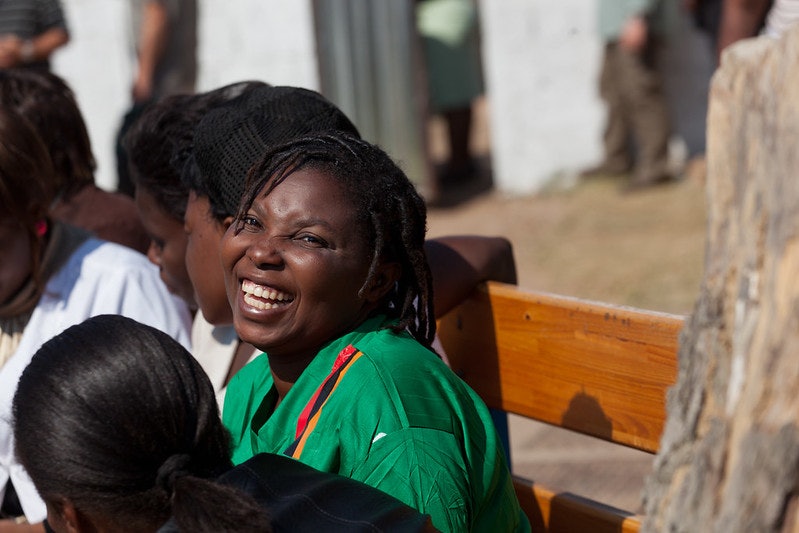For the first time in history, there are more new cases of HIV outside of sub-Saharan Africa than in the region, according to the latest reporting by UNAIDS. Decades of work by the President’s Emergency Plan for AIDS Relief (PEPFAR) and its partners have changed the trajectory of the HIV/AIDS pandemic. While we celebrate this progress, we must continue the fight and work to address the unique challenges posed to people living with HIV.
In sub-Saharan Africa, women and girls account for 62% of all new HIV infections. They are at a greater risk for contracting HIV because of gender-based violence, access to education and economic opportunity, and stigma surrounding diagnosis. And although women may survive HIV, they face challenges to their health and well-being after their diagnosis.
Women living with HIV are up to six times more likely to develop cervical cancer. In sub-Saharan Africa, roughly 110,000 women are diagnosed with cervical cancer each year, making it one of the deadliest cancers among women in the region. In 2018, PEPFAR, the George W. Bush Institute, and UNAIDS created the Go Further partnership to eliminate cervical cancer among women living with HIV in sub-Saharan Africa.
The backbone of Go Further’s model is the integration of cervical cancer services within the preexisting HIV health system supported by PEPFAR. This model makes screening and treatment for precancerous lesions accessible for women living with HIV. And much like PEPFAR, partnerships with country governments, civil society, and the private sector have been integral to Go Further’s success.
Since 2018, the Go Further partnership has supported over 8.9 million cervical cancer screenings for women living with HIV – approximately 71.9% of which represent first time screenings. Partners have completed over 365,000 treatments for precancerous lesions to prevent women from developing cervical cancer.
Go Further partner countries have made tremendous progress and are incredibly close to ensuring that 10 million women are screened for this preventable disease. Several countries have also made significant progress toward the World Health Organization’s (WHO) treatment goals set forth in its 2018 global strategy to accelerate the elimination of cervical cancer as a public health threat by 2030.
While Go Further countries are on the right track, achieving global elimination targets in just six short years will depend on improvements across the entire continuum of care including cervical cancer prevention, screening, diagnosis, treatment, care, and survivorship. Congress must continue to support PEPFAR to ensure that women have access to this lifesaving care. In the coming years, country governments, the international community, donors, and bilateral partners must work together to address consistent political, financial, and resource challenges. Through partnerships like Go Further, we can work together to go further for women living with HIV.































